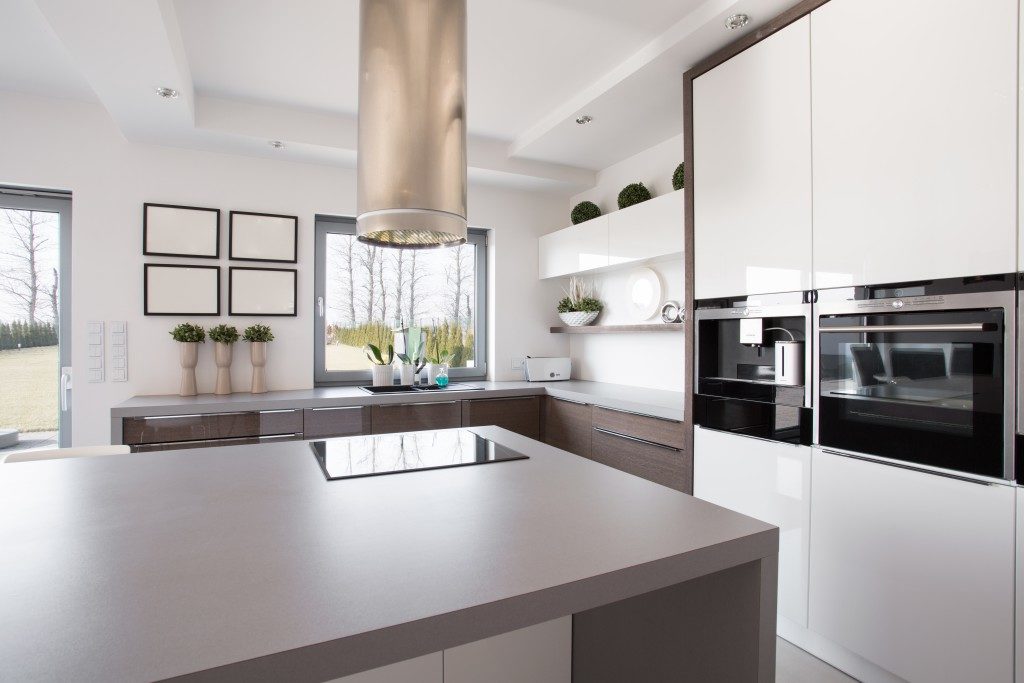If you reduce a home to its most basic function, shelter is all you need. And for that, you only require four walls and a roof over your head.
But we also seek to address other needs through our homes. We want comfort, convenience, and aesthetic appeal. The ability to work from home, or enjoy a variety of entertainment and leisure activities, is another plus.
There’s nothing wrong with building a home to satisfy these desires. But with sustainability becoming such a pressing concern, we need to rethink how we achieve those ends.
Living sustainably at home is an attempt to solve a complicated global challenge. It will require a multi-faceted approach. Here are some ways to accomplish that.
Work with nature
The sun is our planet’s most significant source of renewable energy. And every home has the potential to take advantage of this daily supply of natural light and heat.
Passive solar design has been a feature of our homes since ancient times. Orienting the house to face south (if you live in the northern hemisphere) will maximize the amount of solar energy received during the day. If you place a thermal mass, such as masonry, in an area where it receives much direct sunlight, the heat will be absorbed and released even into the night. This reduces the energy expenditure for heating and comfort.
But what if you live in a warmer climate? The primary use of energy in hot regions is for cooling and circulation. Taking advantage of landscape features to increase shade will help in this regard. That includes planting trees in strategic positions to maximize the cover provided.
Plants themselves are a natural means of converting solar energy into useful forms. By tending a sustainable vegetable garden, you can draw part of your nutrition requirements from your home, without requiring commercial transportation or processing.
Sustainable living at home goes hand in hand with the use of natural elements. If you incorporate nature using these methods, you can make a significant impact without having to exert effort daily.

Use technology wisely
As modern homes have evolved to accommodate our changing lifestyles and needs, we’ve introduced several new features and devices. More than ever, how we use technology can determine our sustainability.
Newer versions of products on the market are periodically upgraded for better energy efficiency. By changing out appliances that are nearing the end of their expected life cycle, you’re also boosting your home into a more sustainable version.
The trend towards smart homes allows various devices to be controlled through automation. This helps to optimize performance and only consume the energy that’s necessary to function. Smart lighting systems, for instance, can be automated to provide illumination only when a room is occupied, and power down otherwise.
These interventions reduce the need for human intervention and thus minimize the risk of error. If your conservatory builders and contractors implement climate controls, you can leave home without having to worry about setting the thermostat or re-adjusting it throughout the day.
The relentless advance of technology tends to create problems with sustainability. But with selective and smart use of certain features and systems, you can beneficially utilize technology.
Step up your practices
The design of our homes can thus incorporate both natural elements and technological features to improve sustainability. In this passive manner, you can go about your day with fewer concerns. You don’t have to second-guess yourself when you leave home. An app on your mobile device can probably tell you what’s running or not, and allow you to control it or change the settings.
But this doesn’t entirely absolve you of the burden of practicing sustainability. We can’t be completely passive about it; the human factor is still significant.
Lower your dependence on transportation that uses fossil fuels. Too often, we drive around more than necessary. If you plan and combine your routes, you take fewer trips, use less gas, and save time. Going a step further, you can walk or bike more often instead of taking the car, by limiting your destinations to nearby alternatives.
Buy second-hand items as much as possible. In many instances, you don’t compromise on quality; not only is it more budget-friendly, but it also reduces the demand for new production. Manufacturers will respond by making less, and transportation activity will be lowered.
The effects of human practices toward sustainability can ripple outwards and influence our collective behavior. Don’t leave it all up to passive systems and design. Change the way you live at home, and you’ll help the planet every day for the rest of your life.



